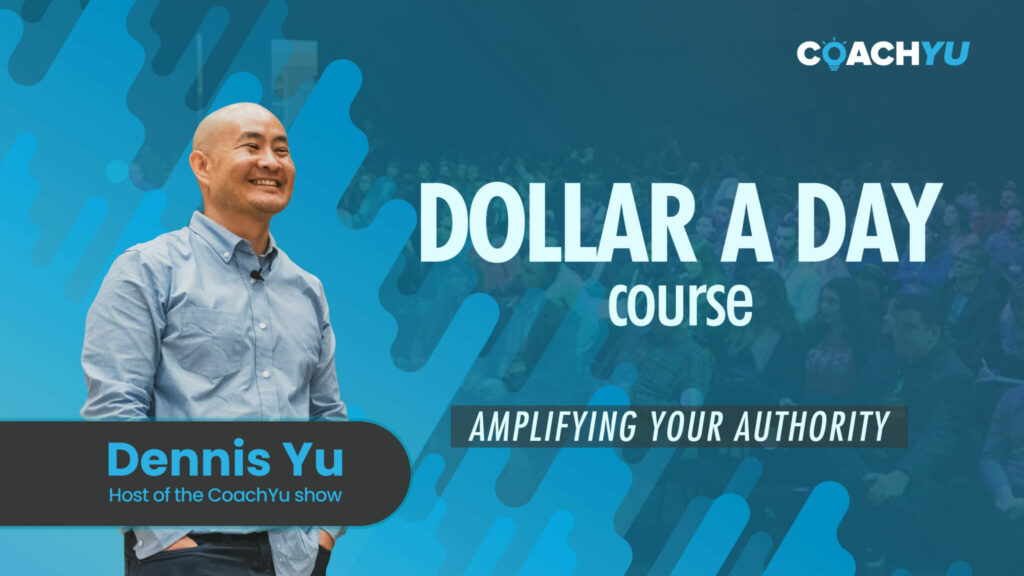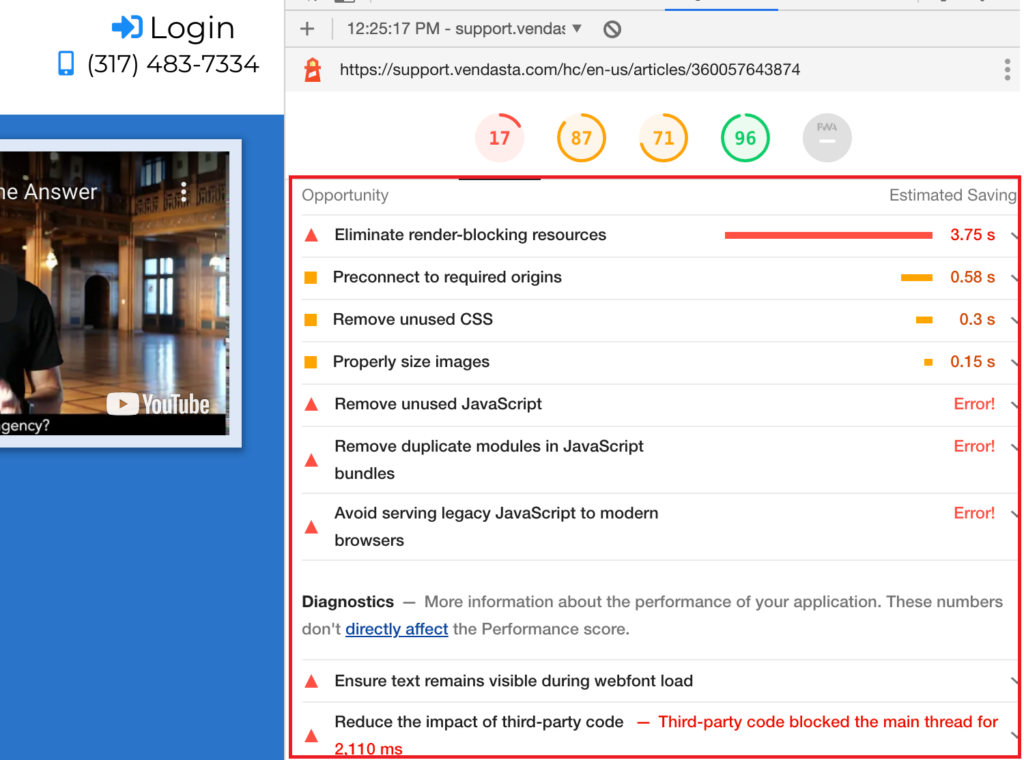How to Get the Least Value From a Branding Firm
Dennis Yu and I were going to make a client wealthy. We were reviewing the client:→ Their goals.→ Their awareness.→ Their ability to be guided. And we discovered a problem:→ They wrote the recipes.→ Wanted Michelin star chefs.→ Told us how to cook & supply the ingredients. And it got worse:→ They did not respect […]
How to Get the Least Value From a Branding Firm Read More »

